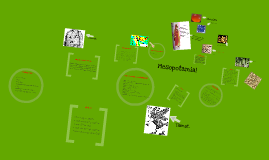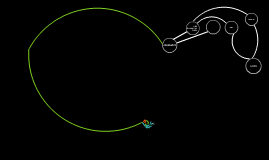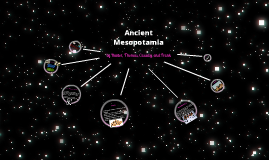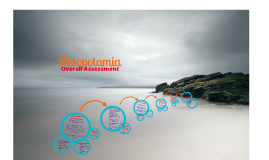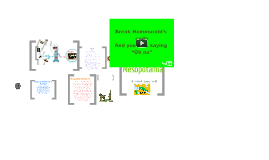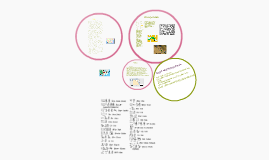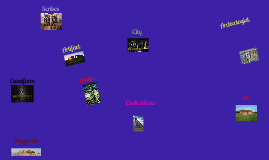mesopotamia
Transcript: Mesopotamia! The word Mesopotamia means "the land between the rivers" it is located between the Tigris & Euphrates rivers. Northern Mesopotamia is made up of hills and plains. The land is fertile due to seasonal rains, and the rivers and streams flowing from the mountains. Southern Mesopotamia is made up of marshy areas and wide, flat, barren plains. Cities developed along the rivers which flow through the region. Early settlers had to irrigate the land along the banks of the rivers in order for their crops to grow. Since they did not have many natural resources, contact with neighbouring lands was important. The Sumerians made their clothing by using the natural resources that were available to them. Clothing was made from wool or flax which Sumerians could raise and harvest. Like us, heavier clothing would be worn in the winter and lighter clothing would be worn in the summer. Men were barechested and wore skirt-like garments that tied at the waist. Women usually wore gowns that covered them from their shoulders to their ankles. The right arm and shoulder were left uncovered. Both men and women wore earrings and necklaces. During celebrations, even more jewelry was worn. Necklaces were set with bright, precious stones. Some of these stones were the lapis lazuli and the carnelian. Date palms were a very important food source to the Mesopotamians. These palms grew in southern Mesopotamia by the river marshes and supplied fibers, fodder, wood, and rich food. Products from these palms were very important to Mesopotamian trade and help make Mesopotamia a very rich and powerful leader in international trade. Some other crops included leeks, onions, lentils, wheat, and barley. The Mesopotamians believed: The world was a flat disk that was surrounded by a vast hollow space and that this was enclosed in an over-arching heaven. The sea was all around the earth...top bottom and sides. The universe had been born of these waters. The burial rites of Sumerians are tied to their belief in the spirit world and they followed a strict pattern. The body was wrapped in reed matting, or occasionally placed in a coffin. The corpse was laid on its side with a bowl of water between the hands near the mouth. Some treasured belongings might go in the grave. Vessels filled with food and water were place near the body so the spirit wouldn't be hungry and return for food. The tombs were furnished according to what the family could afford...so the royal tombs were filled with treasures. TIAMAT(dragon of created chaos) ISHTAR(goddess of sex,love, & fertility)symbol is the eight pointed star. ENKI(creator god.) MARBUK(god of fertility &chief of gods.) ABSU(God of wisdom & fresh water) ANU(Lord of heavens) HUMBABA( Monster of cedar forest) INANNA(goddess of words, language, &meanings.) GILGAMESH(hero 2/3 god.) ERESHKIGAL(goddess of death, darkness, &dust. Queen of the Underworld.) Babylonian mythology tells that the Scorpion Men were sons of Tiamat. These giant warrirors had the body of a man above the waist, but the tails of scorpions. They fought both with their tails and with bows and arrows to guard the sun god Shamash. How many mountains? What was economy based on? What did men wear? What was the myth based on? name one crop grown/produced. Food: Crown of earth! TOP 10 GODS & GODDESSES RELIGON: History textbook Google Goolge Images http://www.fordham.edu/halsall/ancient/asbook03.asp www.kidspast.com/world-history/0037-mesopotanian-empire.phpCached - Similar Lapis Lazuli! Bibliography; Leeks Shamash MESOPTAMIAN MYTH: Geography! Most women wore this dress, but only royals wore bright colors. Typical clothing found on men! (Picture also shows the Tree of Life) Carnelian Tiamat. Wardrobe; Map of Mesopotamia Religon: Remember what type of map we showed. Quiz: Women wore headresses while entertaining guests.






